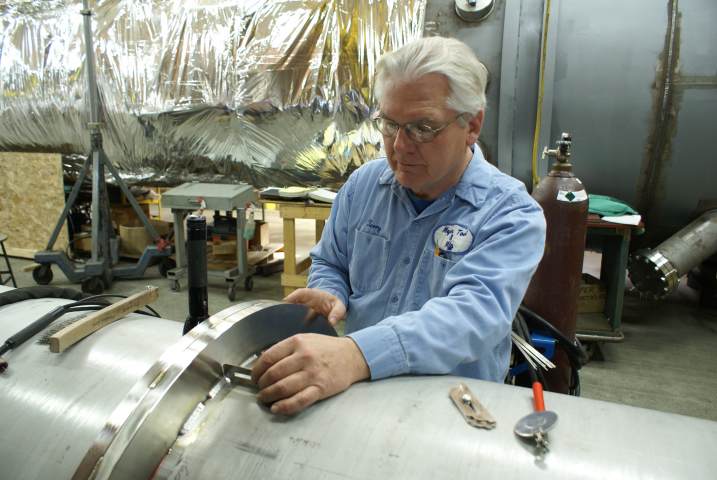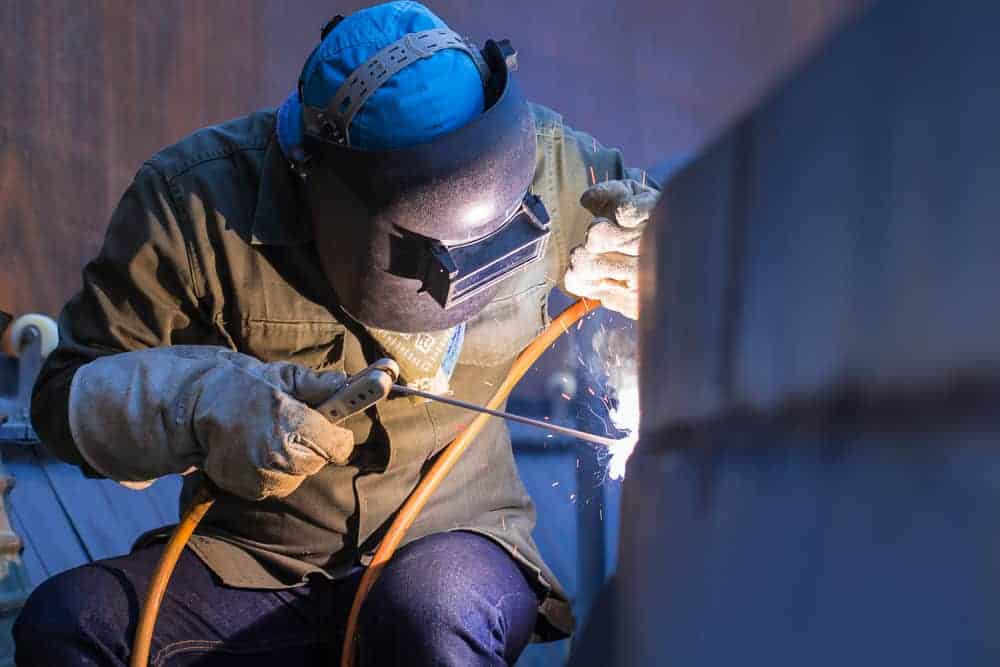A Comprehensive Guide to Recognizing Just How Welding Assessment Functions: Methods, Standards, and Best Practices for High Quality Assurance in Steel Manufacture
Understanding the details of welding inspection is important for maintaining the stability of steel construction. Implementing ideal practices can substantially improve quality guarantee measures. The landscape of welding assessment is not without its difficulties.
Significance of Welding Inspection
Although welding is a vital process in numerous sectors, its honesty straight influences the safety and security and performance of parts and frameworks. Effective welding examination is necessary for identifying problems that could endanger the top quality and resilience of bonded joints. This process ensures adherence to established criteria and requirements, which are essential for keeping architectural stability and functional reliability.
Welding examination offers numerous purposes, consisting of validating that the welding process has been carried out appropriately, assessing the high quality of materials made use of, and validating that the finished item meets governing and market requirements (Houston Welding Inspection). Through rigorous evaluation, prospective concerns such as porosity, fractures, and insufficient fusion can be spotted early, alleviating and preventing costly repair services safety risks
Furthermore, regular welding examinations foster confidence amongst stakeholders, including designers, customers, and regulative bodies, by showing a commitment to quality control. The importance of welding examination can not be overemphasized; it is essential not just for compliance with lawful needs but additionally for enhancing the overall performance of welded structures. Ultimately, a durable welding evaluation program is an aggressive action that safeguards versus failures, ensuring the durability and dependability of welded parts in their desired applications.
Usual Welding Evaluation Strategies

Aesthetic evaluation is the initial line of defense, enabling examiners to identify surface area defects such as splits, damages, or incomplete blend. Radiographic screening makes use of X-rays or gamma rays to disclose inner imperfections, making it perfect for complex welds. Ultrasonic screening utilizes high-frequency acoustic waves to detect subsurface issues, offering accurate measurements of weld honesty.
Magnetic particle testing works for ferromagnetic materials, highlighting surface area and near-surface gaps when particles are related to a magnetic area. Conversely, color penetrant testing utilizes a fluid dye to disclose surface-breaking defects, ensuring that also the smallest problems are detected.
Each method has its toughness and restrictions, usually necessitating a mix of methods for thorough evaluation - Houston Welding Inspection. By using these evaluation methods, quality control in metal manufacture is attained, guaranteeing that bonded structures satisfy security and efficiency standards
Market Standards for Welding


The American Welding Culture (AWS) and the American National Standards Institute (ANSI) are two popular organizations that establish welding standards. AWS D1.1, for instance, details the needs for welding steel structures, while AWS D1.2 focuses on aluminum. Internationally, the ISO 3834 basic addresses top quality needs for fusion welding, giving a framework appropriate across national boundaries.

Best Practices for Quality Control
Quality assurance in welding is paramount to achieving resilient and risk-free buildings. Executing ideal practices ensures that every weld meets the required specifications and requirements. Initially, establishing a thorough high quality monitoring system (QMS) tailored to the details welding task is crucial. This QMS must specify procedures, responsibilities, and functions to reduce risks and enhance liability.
Normal training and qualification of welding employees are important for maintaining a knowledgeable workforce. Constant education and learning on the most up to date welding techniques and modern technologies guarantees that examiners and welders are educated regarding existing standards and practices.
Additionally, carrying out pre-weld evaluations to evaluate products and equipment can stop defects before they see it here take place. Houston Welding Inspection. Throughout the welding procedure, real-time tracking and documentation of welding parameters assist recognize incongruities promptly. Post-weld assessments need to include complete evaluations using non-destructive testing (NDT) approaches to make certain the integrity of the welds
Moreover, maintaining clear communication amongst staff member advertises a culture of quality. Normal audits and reviews of the welding process assistance identify locations for renovation. By adhering to these ideal practices, organizations can achieve optimal quality control, ultimately leading to improved security and efficiency in metal look at more info construction jobs.
Challenges in Welding Evaluation
Although welding evaluation is crucial for ensuring structural honesty, it presents a selection of difficulties that can complicate the evaluation procedure. One substantial obstacle is the variability in welding methods and materials made use of, which can influence the uniformity of weld quality. Various welders may utilize varying methods, bring about discrepancies that inspectors need to identify and assess.
An additional obstacle involves the detection of issues. Non-destructive testing (NDT) methods, such as radiographic and ultrasonic testing, can be complicated and require experienced specialists to interpret outcomes properly. Incorrect positives or downsides can occur, potentially leading to expensive rework or endangered safety.
Furthermore, the presence of environmental variables, such as temperature level and humidity, can influence the integrity of welds and the efficiency of evaluation methods. Examiners need to additionally browse the governing landscape, making sure conformity with sector requirements, which can differ by territory and application.
Final Thought
Finally, welding examination plays a crucial role in making certain the integrity and safety and security of steel manufacture. Employing a variety of assessment methods, sticking to well-known industry criteria, and carrying out effective top quality monitoring techniques collectively boost the reliability of bonded structures. Despite the obstacles encountered in the assessment process, a commitment to continual improvement and adherence to ideal practices can significantly reinforce the high quality guarantee framework, cultivating higher confidence among stakeholders in the welding industry.
Effective welding assessment is necessary for determining defects that could endanger the high quality and resilience of bonded joints.In addition, constant welding evaluations foster self-confidence among stakeholders, including engineers, customers, and regulatory bodies, by demonstrating a dedication to high quality assurance.The American Full Report Welding Culture (AWS) and the American National Standards Institute (ANSI) are 2 popular organizations that establish welding criteria. During the welding procedure, real-time tracking and paperwork of welding parameters assist determine variances quickly. In spite of the obstacles encountered in the inspection process, a dedication to constant enhancement and adherence to finest methods can significantly boost the quality guarantee framework, promoting higher self-confidence amongst stakeholders in the welding industry.